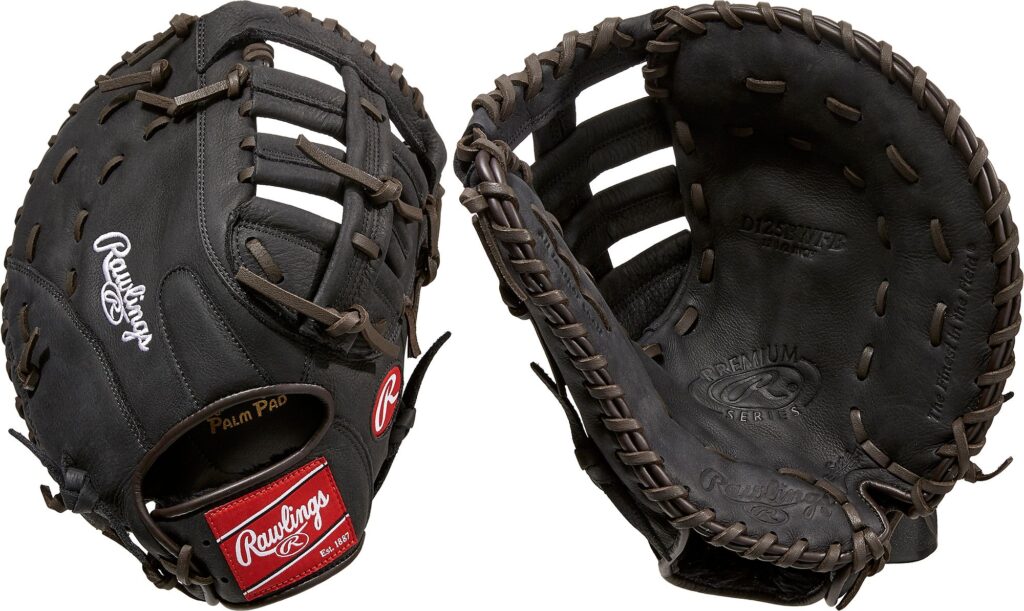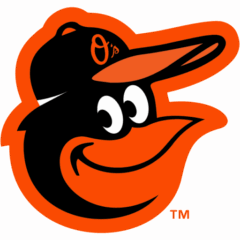The Ultimate Guide to Choosing the Best Baseball Glove for Your Player
When it comes to selecting the right baseball glove for your player, there’s a lot to consider. From material types to glove sizes, it can feel overwhelming, especially if you’re new to the game. But don’t worry! We’re here to help guide you through the process and provide the information you need to find the perfect glove for your child.
1. Types of Baseball Gloves
Understanding the different types of gloves is essential when picking the right one for your child. Baseball gloves come in a variety of styles, materials, and sizes, each designed for a specific purpose.
1.1. Infielder Gloves

Infield gloves are designed with a smaller, more shallow pocket to allow for quick ball transfers. These gloves are usually between 10 to 11 inches in length, which is ideal for young players who need to make fast plays at second base, shortstop, or third base.
Pros:
- Smaller size for quick, precise movements.
- Ideal for infield positions like shortstop or second base.
- Provides quick ball transfer.
Cons:
- Not ideal for players who are primarily outfielders.
1.2. Outfielder Gloves

Outfield gloves are longer than infield gloves, typically ranging from 11.5 to 12.5 inches. These gloves are designed to help outfielders track and catch fly balls. They have a deeper pocket and are usually slightly larger to allow for better coverage and reach.
Pros:
- Larger, deeper pocket for better ball tracking.
- Ideal for outfield positions like center field, left field, and right field.
- Helps outfielders catch fly balls with ease.
Cons:
- May feel too big or cumbersome for players who spend time in the infield.
1.3. First Base Gloves

First base gloves are unique in their design—they have a larger, deeper pocket than other gloves to help players scoop up balls thrown to first base. They also have a slightly modified shape, with a longer and wider web to accommodate the larger glove size.
Pros:
- Deep pocket helps with scooping balls at first base.
- Larger surface area for catching high throws.
- Can also be used by players who may occasionally play outfield.
Cons:
- Not suitable for infield positions due to their larger size.
1.4. Catcher’s Mitts

Catcher’s mitts are designed specifically for catching pitches. These gloves have no fingers and a deeper pocket to absorb the impact of fast pitches. While these gloves are usually for players in the catching position, some players may use them if they’re learning the position.
Pros:
- Provides excellent padding and protection for catching pitches.
- Deep pocket for secure catch.
- No-finger design helps with quick ball transfer.
Cons:
- Not versatile for other positions—specifically for catchers.
2. Material Types
When it comes to glove material, there are several options available, each offering a unique set of benefits.
2.1. Leather Gloves
Leather gloves are the most durable and long-lasting option. They tend to be the most expensive but also offer the best performance over time. Leather gloves will require a break-in period, but once broken in, they provide excellent comfort, fit, and durability.
Pros:
- Durable and long-lasting.
- Offers a professional feel and performance.
- Conforms to the player’s hand over time for a custom fit.
Cons:
- Requires a break-in period.
- Can be heavy, especially for younger players.
2.2. Synthetic Gloves
Synthetic gloves are made from various synthetic materials, like polyurethane. These gloves are typically lighter and more affordable than leather gloves, making them a good choice for younger players who are just starting out or for those who don’t want to spend a lot on their first glove. Synthetic gloves usually don’t require much break-in time and are ready to use right away.
Pros:
- Lighter than leather gloves.
- More affordable and budget-friendly.
- Requires little to no break-in time.
Cons:
- Less durable than leather gloves.
- May not provide the same level of comfort and performance over time.
2.3. Hybrid Gloves
Hybrid gloves combine the benefits of both leather and synthetic materials. They may have a synthetic shell with leather palm and webbing, offering a balance of performance, durability, and affordability. Hybrid gloves are a great option for players who want some of the benefits of leather without the high price tag.
Pros:
- Combines durability and affordability.
- Lighter than full leather gloves.
- Shorter break-in time than full leather gloves.
Cons:
- May not last as long as a fully leather glove.
3. Glove Size
The size of the glove is one of the most important factors to consider when choosing the right glove for your player. A glove that is too large or too small can affect the player’s performance on the field. Here’s a general guideline for glove sizes:
- Infield Gloves: 10 to 11 inches
- Outfield Gloves: 11.5 to 12.5 inches
- First Base Gloves: 11.5 to 12 inches
- Catcher’s Mitts: 32.5 to 34 inches
How to Find the Right Fit:
- Have your child try on different gloves to see which feels most comfortable.
- The glove should fit snugly around the fingers but still allow for some movement.
- Make sure the glove is easy to open and close. If it feels too stiff or difficult to use, it may not be the right size.
4. Break-In Time
When buying a glove, consider the amount of time your child is willing to dedicate to the break-in process. Leather gloves, especially high-quality ones, often need a longer break-in period. Synthetic gloves, on the other hand, are usually game-ready out of the box.
Tips for breaking in a leather glove:
- Use a glove mallet or even the heel of your hand to gently soften the leather.
- Play catch with the glove to help it mold to the player’s hand.
- Use glove oil or conditioner (sparingly) to keep the leather supple.
5. Other Features to Consider
5.1. Webbing
The webbing of the glove is the part between the fingers and the palm that helps secure the ball. Different positions may require different types of webbing:
- Infield gloves tend to have open webbing (like a “basket” web) for quicker ball transfers.
- Outfield gloves often have closed webbing to provide extra support for catching fly balls.
- First base gloves often have a single-post web for more durability when scooping balls.
5.2. Padding
Some gloves come with extra padding for comfort and protection, especially around the palm. This can help reduce the sting from catching hard-thrown balls and keep your child’s hands comfortable during games and practices.
6. How to Find the Best Glove for Your Child
6.1. Consider the Position
If your child primarily plays in the infield, look for a smaller, more flexible glove with a shallow pocket. For outfielders, go for a larger glove with a deeper pocket. First basemen need a glove that can handle scooping high throws.
6.2. Let Your Child Try It On
The best way to know if a glove is the right fit is to try it on. Take your child to a store where they can try on different gloves to see which one feels most comfortable. Keep in mind that a glove should fit snugly but not restrict movement.
6.3. Consider Your Budget
Just like with bats, there are a wide range of glove prices. Leather gloves tend to be more expensive, but they also offer greater longevity. Synthetic gloves are more budget-friendly but may not last as long. Consider how often your child plays and how long they’ll likely use the glove.
6.4. Ask for Recommendations
Consult with your child’s coach or other parents in your league. They can offer insights into what gloves have worked well for their players and can help you narrow down the options.
Conclusion
Choosing the right baseball glove for your player can make a huge difference in their comfort, performance, and enjoyment of the game. By understanding the different types of gloves, materials, sizes, and other key features, you can make an informed decision that will help your child feel confident and ready to play.
Don’t hesitate to reach out to our coaches for additional advice. The right glove will not only improve your child’s performance on the field but also give them the confidence to excel in their game.
